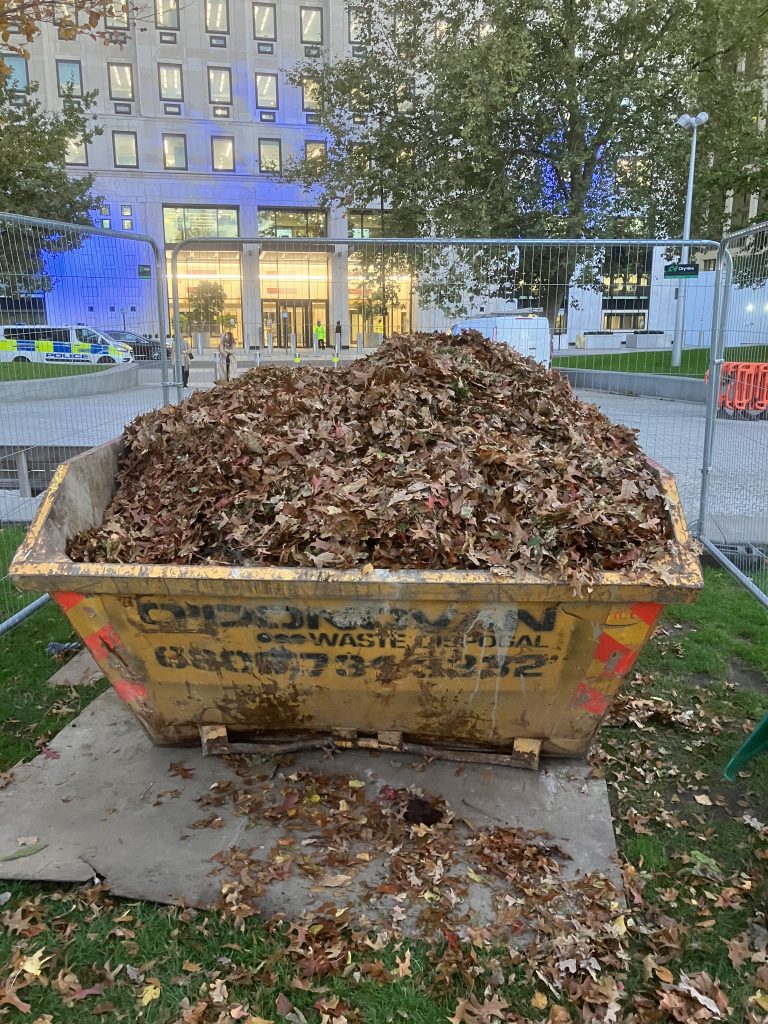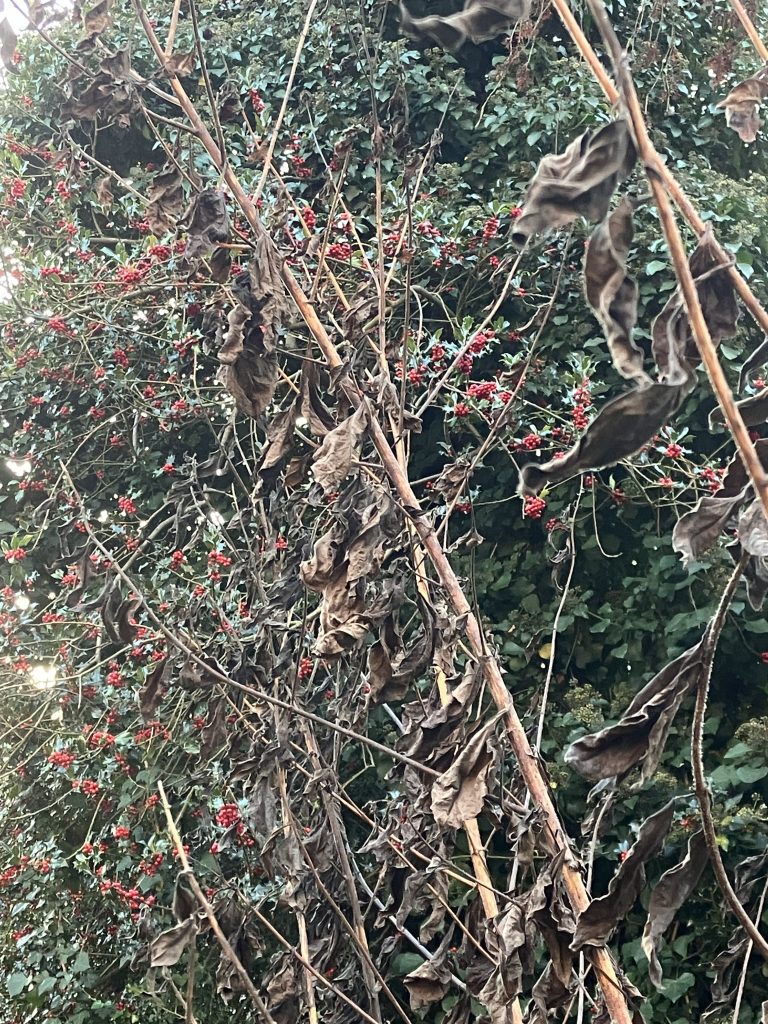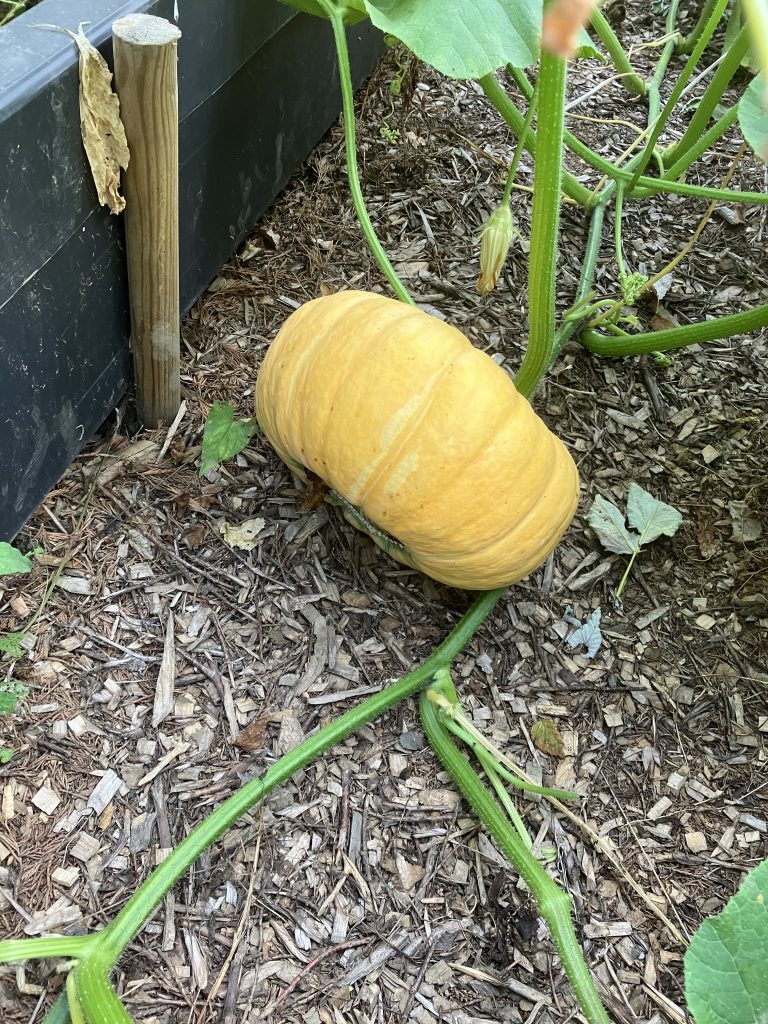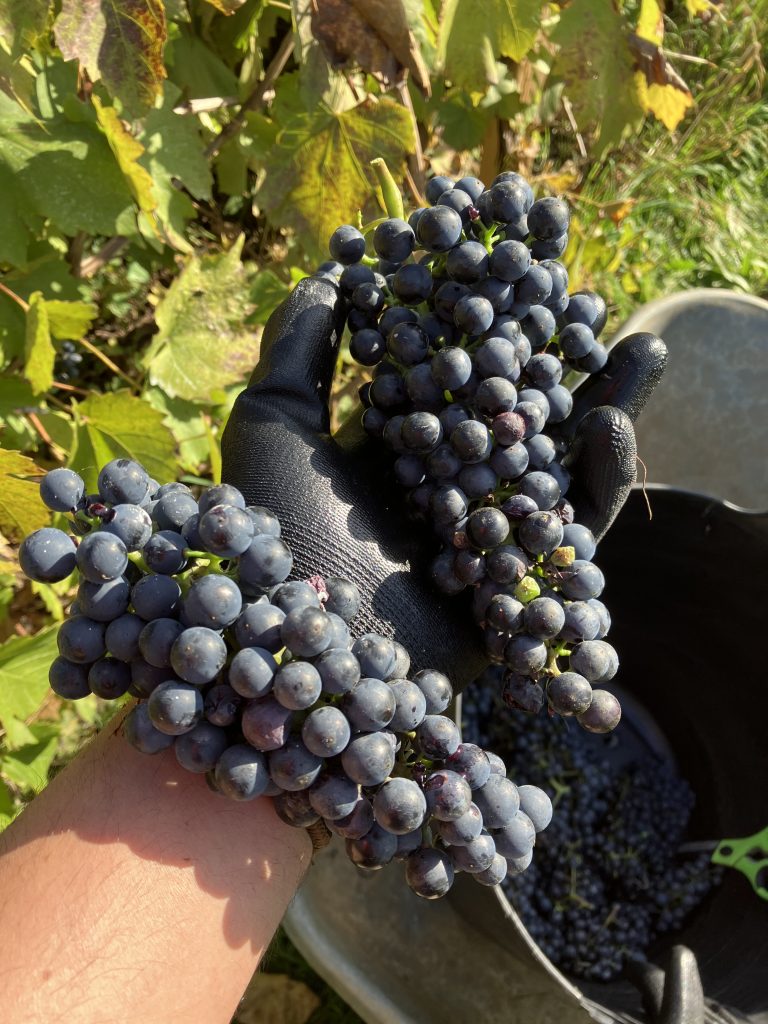
Tree Leaf Collection: Clean-Up, Reuse, and Boosting Biodiversity
Leaf fall is a hallmark of the UK autumn, transforming landscapes with colour while presenting gardeners with both challenge and opportunity. Far from mere tidying, tree leaf collection and management is vital for lawn health, nutrient recycling, and supporting biodiversity. When handled sustainably, fallen leaves become a resource that enriches soil, shelters wildlife, and reduces waste. This article explores the essentials of leaf collection in the UK, covering clean-up methods, reuse options, seasonal timing, and practices that enhance rather than harm natural habitats.
Why Leaf Collection Matters
At its core, collecting fallen leaves prevents them from smothering grass, blocking drainage, or fostering fungal diseases in lawns and borders. In urban and suburban gardens, unchecked leaf layers can compact soil, reduce light to underlying plants, and create slippery hazards on paths. Regular removal maintains aesthetic appeal and supports healthy turf growth by allowing air and light penetration.
Beyond practicality, leaf management significantly boosts biodiversity. Fallen leaves provide critical winter habitat for insects like ladybirds, lacewings, and hedgehogs, which overwinter in leaf litter. Decomposing leaves return nutrients—nitrogen, phosphorus, and carbon—to the soil, feeding microbes and improving structure. Research shows that gardens retaining leaf litter support 50% more invertebrate species than cleared ones, enhancing food webs for birds and mammals. Sustainable leaf use also diverts organic matter from landfill, reducing methane emissions.
Optimal Timing and Leaf Fall Seasons
Leaf fall in the UK varies by tree species, region, and weather, typically spanning September to December. Early frosts accelerate drop, while mild autumns extend it. Collect leaves progressively to avoid heavy build-up; waiting until all have fallen risks matting and disease. In southern England, peak fall is mid-October to mid-November; northern and Scottish gardens see earlier starts from late September.
| Tree Group | Leaf Fall Start | Leaf Fall End | Key Notes |
|---|---|---|---|
| Deciduous Broadleaf (e.g., oak, beech, maple) | Late September – early October | November – early December | Retain copper beech leaves longer; heavy litter. |
| Birch & Cherry | Early – mid September | October | Light, fast-decomposing leaves; ideal for mulch. |
| Ash & Horse Chestnut | Mid – late October | November – December | Prone to disease (e.g., ash dieback); compost separately if infected. |
Clean-Up Methods for Leaves
Effective leaf collection balances efficiency with minimal ecosystem disruption. Use a spring-tine rake for lawns to avoid damaging grass; leaf blowers are faster but disturb wildlife and soil. For large areas, mowing with a collector attachment shreds and gathers leaves in one pass.
Work in dry conditions to prevent compaction and clumping. On borders, hand-pick or use a tarp to drag leaves, preserving underplantings. Avoid vacuum shredders near hedgehog habitats—check piles first. In wet UK autumns, store collected leaves in breathable sacks to prevent anaerobic rot.
What to Do with Collected Leaves
Transforming leaves into resources is both practical and ecological:
- Leaf Mould: Pile damp leaves in wire bins or bags; after 1–2 years, they become crumbly, nutrient-rich leaf mould—perfect for seed sowing or soil conditioning.
- Compost Addition: Mix with green waste (grass clippings, kitchen scraps) to speed decomposition and balance carbon-nitrogen ratios.
- Wildlife Piles: Create dedicated leaf heaps in quiet garden corners as overwintering sites for insects and amphibians.
- Mulch: Shredded leaves (via mower) make excellent moisture-retaining mulch around trees and shrubs—just 5–10cm deep.
Avoid burning leaves—it releases CO₂ and pollutants; composting is the sustainable choice.
Enhancing Biodiversity Through Leaf Management
Strategic leaf use directly supports garden wildlife. Leaving patches of leaves under trees or in borders provides insulation and food for decomposers, which attract birds like blackbirds and robins. Leaf mould improves soil microbial activity, boosting earthworm populations and plant resilience.
In small UK gardens, even modest leaf piles increase insect diversity; one study found 30+ species in a single heap. Use native tree leaves (oak, hazel) for maximum wildlife value—exotic species like walnut may inhibit growth due to juglone.
Practical Tips for Sustainable Leaf Collection
- Rake lightly and frequently rather than once heavily.
- Wear gloves—some leaves (e.g., horse chestnut) may irritate skin.
- Store leaf mould in shaded, moist areas; turn occasionally.
- Label compost bins by tree type if managing diseased material.
- Use tarpaulins under trees during peak fall for easy gathering.
- Donate excess leaf mould to community gardens.
Never compost leaves from roadsides (pollution risk) or black walnut (toxic).
Conclusion
Tree leaf collection, when approached with care, turns an autumn chore into a cornerstone of sustainable gardening. By timing clean-ups, reusing leaves wisely, and preserving habitats, you protect lawns while nurturing biodiversity. Whether in a city courtyard or rural plot, these UK-specific methods ensure your garden thrives through winter and beyond. For local advice, consult the RHS or Wildlife Trusts.
References
- Nurturing Nature. (n.d.) Leaf litter – a vital habitat for garden wildlife. Available at: https://nurturing-nature.co.uk/wp-content/uploads/2010/10/Leaf-litter-a-vital-habitat-for-garden-wildlife.pdf (Accessed: 15 November 2025).
- RHS Gardening. (n.d.) Leaf mould. Available at: https://www.rhs.org.uk/soil-composts-mulches/leaf-mould (Accessed: 15 November 2025).
- Woodland Trust. (n.d.) When do tree leaves fall?. Available at: https://www.woodlandtrust.org.uk/trees-woods-and-wildlife/british-trees/when-do-leaves-fall/ (Accessed: 15 November 2025).
- BBC Gardeners World Magazine. (2023) How to clear leaves from lawns, 12 October. Available at: https://www.gardenersworld.com/how-to/maintain-the-garden/clear-leaves-from-lawns/ (Accessed: 15 November 2025).
- The Middle-Sized Garden. (2023) Leave the leaves – the new, easy way to deal with autumn gardens, 14 October. Available at: https://www.themiddlesizedgarden.co.uk/leave-the-leaves-the-new-easy-way-to-deal-with-autumn-gardens/ (Accessed: 15 November 2025).
- Carry on Composting. (n.d.) Leaf Mould and Leaf Composting. Available at: https://www.carryoncomposting.org/leaf-mould (Accessed: 15 November 2025).
- RHS Gardening. (n.d.) Burning garden waste. Available at: https://www.rhs.org.uk/advice/profile?pid=518 (Accessed: 15 November 2025).
- Forest Research. (n.d.) Ash dieback (Hymenoscyphus fraxineus). Available at: https://www.forestresearch.gov.uk/tools-and-resources/fthr/pest-and-disease-resources/ash-dieback-hymenoscyphus-fraxineus/ (Accessed: 15 November 2025).





